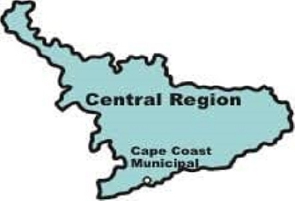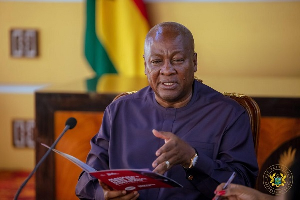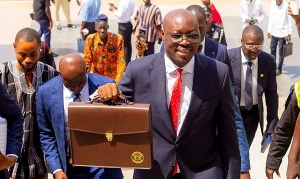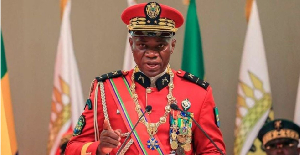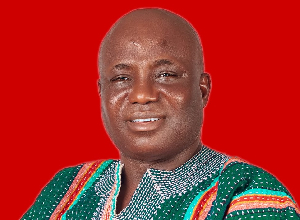Pre-colonial days, the gold coast was made up of territories that were governed by kings and overlords.
The might and power of any kingdom as of then were determined by the military Prowers of the state and how many towns and villages one governed.
Some of the powerful states in the southern part of the gold coast were the Akwamu, the Denkyira and the Ashanti. These states were known for their military force and trading skills. They gained popularity as a result of expanding their authority to other parts of the gold coast that were not so skilled and could not have a united military force.
Until the administrative regional groupings of What is now called Ghana, the Gold Coast was not a united territory. It was divided into the northern, Ashanti, southern, and transVolta territories, etc.
Located in the southwestern center of Ghana, the Central region shares boundary with the Ashanti region in the north, Eastern region to the northeast, Greater Accra region to the southeast and on the west by the Western region. it is bounded to the south by the Gulf of Guinea.
It is inhabited by the Fante’s or Mfantefo who are made up of the guans, the Denkyiras and Etsi or Borbor people.
A lot of the regions in current-day Ghana are made up of diverse people of different ethnic groups who trace their migration and ancestry from various parts of the country different from their current place of settlement. A typical example of such mix ethnic group is the GAs. Among GAs are the Akwamu, Fante, Ashantis and even some Nigerians. This is evident by some of the GA names and it is further collaborated by some history books.
The central region as known now is not left out in this inter-ethnic migration settlement. Like most Akan groups, the Fantes trace their migration from the ancient Ghana empire through to Techiman to their current place of settlement.
It is often told that Chiefs and Traditional authorities are the first settlers of any community.
However, many of the traditional areas in the central region today are ruled by traditional authorities who trace their ancestry and original alliance to the Ashanti kingdom.
Some history books state that, the Etsifo who cover the stretch from Komenda to Anomabo together with the guans of Effutu and Senya and the Denkyiras are the only original traditional authorities who can be found among the thirty-four traditional areas of the central region.
Until the Fomena treaty of 1874, the Ashanti kingdom was engaging in battles with other territorial states and this led to Ashanti’s establishing their authority and eventual settlement in most of what is now known as the Central region.
Though it can be argued that a Chief’s allegiance is to the subjects, in the cases of Stools, it retains its original allegiance and not even a change of location can reverse this original alliance and such are the Stools in the Central Region.
Opinions of Wednesday, 19 April 2023
Columnist: Francis A. Marley

